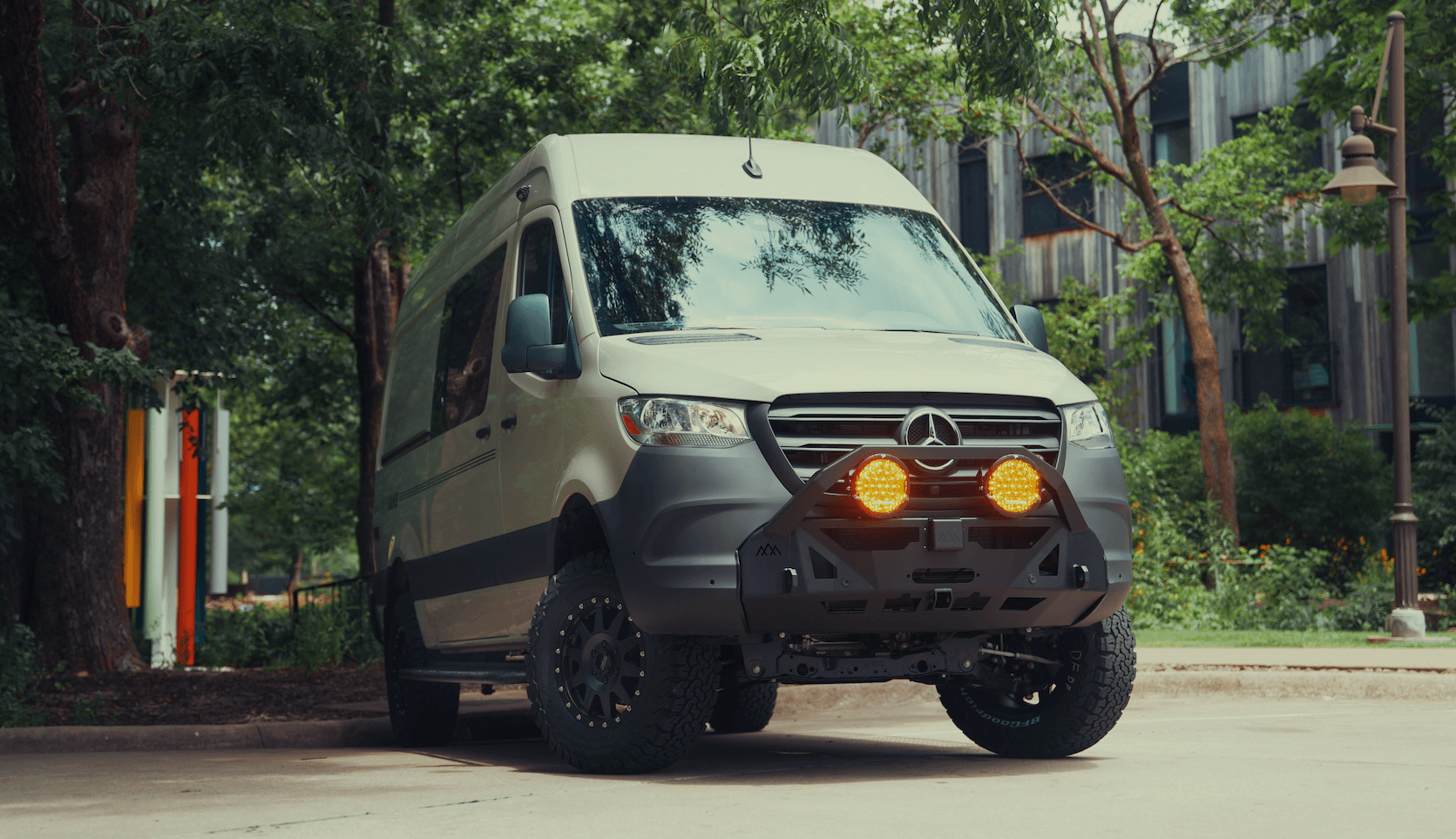Recreational Vans

Heater intake placement decides what air your system breathes. Choose wisely and you get clean air, steady temperatures, and quiet nights. Place it poorly and you invite fumes, moisture, and performance loss.
Three fundamentals guide the choice. First, keep intake air clean and dry. That protects the burner, fan, and sensors while keeping ducts free of grime. Second, maintain separation from exhaust and engine bay vapors to prevent harmful gas recirculation. Third, use short, straight runs that minimize static pressure so the fan moves the volume the heater was designed to handle.
Airflow hates sharp bends and long runs. Every elbow adds resistance that can increase noise and reduce heat output. If your heater requires a filter screen, place it where you can reach it easily and where it will not clog with pet hair or trail dust. Finally, plan intake and return paths so the cabin warms evenly rather than creating hot corners and cold feet.
Different heater architectures prefer different intake zones. Diesel air heaters often perform best with a cabin return intake. Pulling air from inside the living space helps stabilize the burn cycle, delivers warmer supply air faster, and keeps road splash out of the intake path. When routing a cabin return, keep the intake away from the galley, litter boxes, and high traffic floors so you do not ingest debris. A small grille placed low on a cabinet face or seat box can work well if it has clear space around it.
Gasoline air heaters follow the same logic. Use a protected interior return if possible, or a sheltered compartment that is sealed from exhaust and vapors. In high altitude travel, a stable indoor return helps reduce short cycling and fan surge by smoothing temperature swings.
Hydronic or coolant based heaters are different. The burner side still needs clean combustion air and must follow the manufacturer clearance guidelines, but the cabin intake question usually targets the fan coil or air handler. Place these intakes where return air can move freely without drawing heat back from the coil outlet. Separate return and supply by distance or baffle to prevent short circuiting, and add removable filters for easy maintenance.
Platform matters too. Cargo vans see wheel well splash and fine road spray, which can saturate an intake placed low near the rocker. In pickups with canopies or toppers, dust accumulates around the tailgate seal, so keep intakes forward of that low pressure zone. In towables and trailers, watch for water pooling and vent stack proximity. Marine inspired installs often use raised loops and drip guards to keep spray out of ducts. Those same tricks help an overland rig survive creek crossings and slush.
Water is the enemy of a happy intake. Road spray, pressure washing, and condensation can move moisture into filters and ducts. Aim exterior intakes downward and shroud them. Route lines with a gentle rise so water cannot collect. Use corrosion resistant fasteners and a drain path if any low point is unavoidable.
Dust is the next challenge. Desert tracks and unpaved roads load the intake with fine particles that restrict flow. A cleanable mesh or serviceable filter extends component life. Mark the filter change interval based on your travel pattern rather than a calendar. After every dusty trip, a quick inspection keeps performance stable.
Access is a design feature, not an afterthought. Place intake grilles and service screens where you can reach them without dismantling the build. If you need to remove furniture to get to an intake, you will skip maintenance. A removable panel with captive fasteners takes minutes to open and encourages routine care.
Before you commit to a final location, test. Temporarily mount the intake path, run the heater in several conditions, and use a sound meter and an infrared thermometer to assess noise and temperature spread. Listen for fan surge, resonance, or whine. Feel for cold zones in the cabin. If the system short cycles or the fan sounds strained, your intake path may be restrictive or recirculating too much warm air.
A well placed heater intake can make a small space feel like a mountain lodge rather than a tin box. Getting there takes careful routing, material choices that tame noise, and attention to long term service. That is the kind of detail work we obsess over in our complete custom builds and platform based upfits. If you want a warm, quiet cabin with heater components that are easy to reach and built to last, our team can design, fabricate, and validate the layout.
We map airflow with real world constraints, integrate cabinetry and ducts cleanly, and protect every opening from water and dust. During handoff, we walk you through service points so you can keep that consistent heat season after season. Explore our van programs, from one off custom builds to finance friendly platforms, and let us tailor the right heating strategy to your travel life.
Recreational vans Custom build van Mainstream vansTell us how and where you travel, the platform you own or plan to buy, and the comfort goals you have in cold weather. We will design a heating system with a clean, serviceable heater intake location, quiet airflow, and reliable performance. Start your build plan today and step into a warm cabin that feels right every time you open the door.
Ready to spec a quiet, safe, and efficient heating system that fits your travel style? Share your platform and use case, and our team will map the right intake and routing in your custom build. Book a consult and let OZK turn your plan into warm, reliable miles.
ADDRESS:
6159 E Huntsville Rd, Fayetteville, AR 72701
PHONE:
(479) 326-9200
EMAIL:
info@ozkvans.com